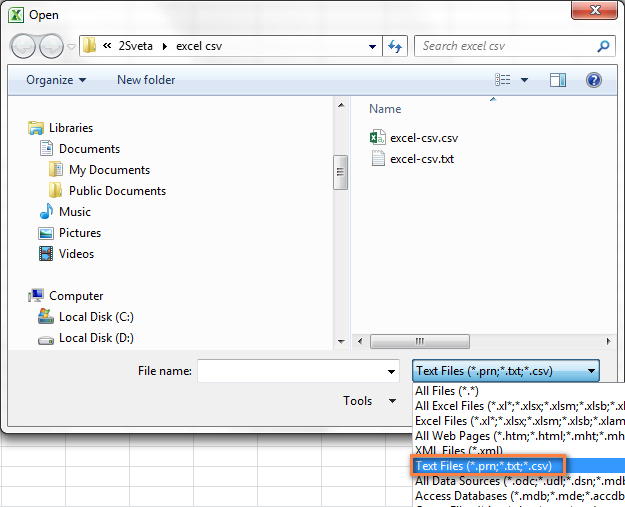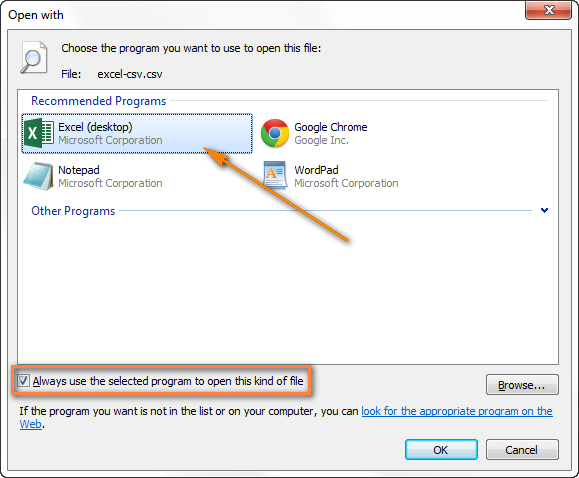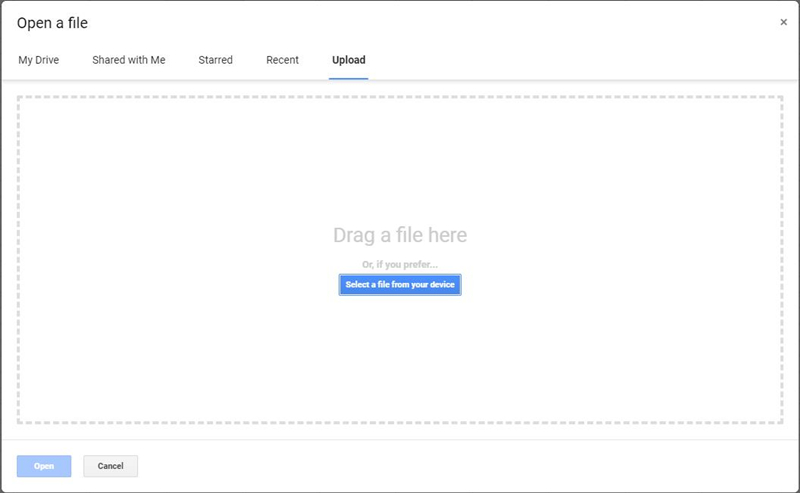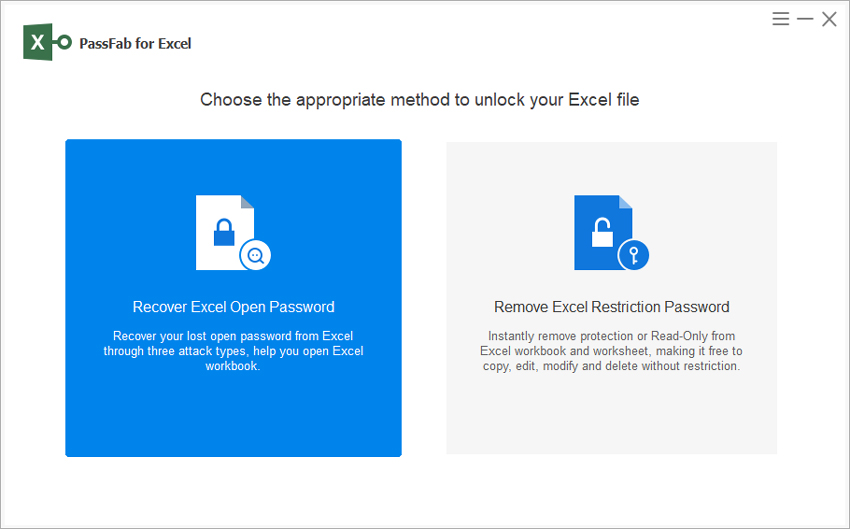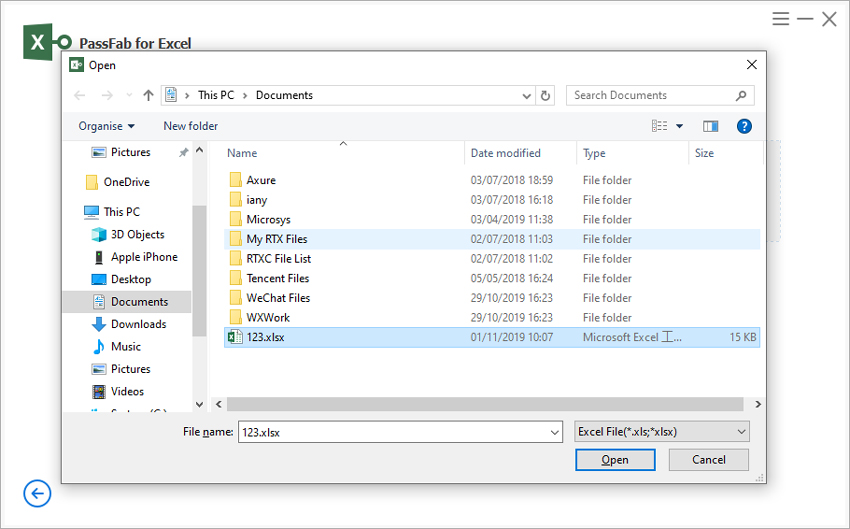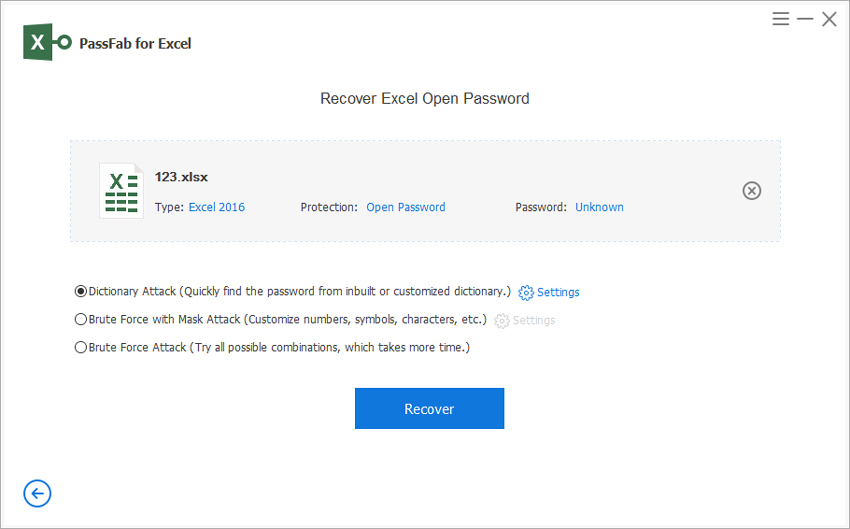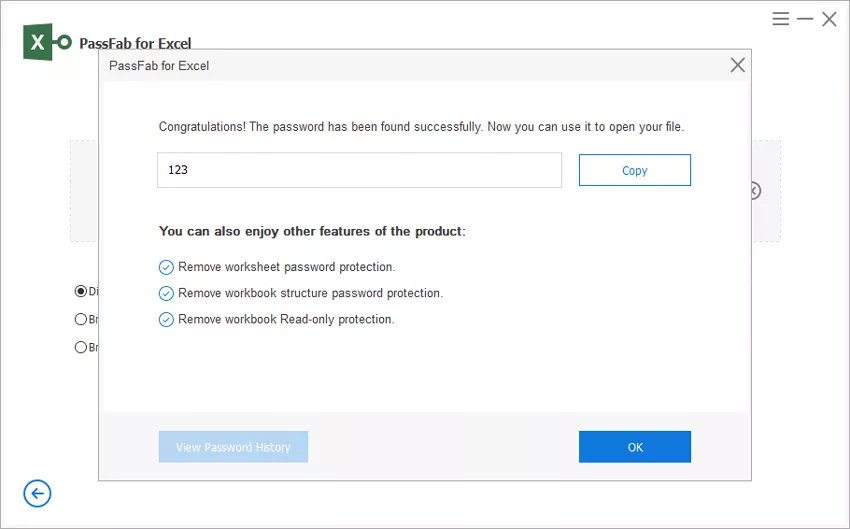You may be wondering what exactly is a CSV file. CSV is the abbreviated version of “Comma Separated Values”. A CSV file refers to a plain text file where spreadsheet information and tables are stored. The contents of a CSV file are generally in the form of numbers, texts, or dates in a table. These kinds of files can be easily imported and exported with the help of programs that store the data in the form of tables. Opening a CSV file on your system is fairly pretty easy. The problem arises when you wish to open a CSV file in Excel. Although the method may seem pretty straightforward, several people tend to do it in the wrong way. Here is a detailed description of how to open CSV file using different tools easily.
- Option 1: Open CSV File in Excel Without Formatting
- Option 2: Open CSV in Excel Using Windows Explorer
- Option 3: Open CSV File in Python
- Option 4: Open CSV in Google Sheets
- Option 5: Open CSV in Text Editor like Notepad
- Option 6: Open CSV Online
Option 1: Open CSV File in Excel Without Formatting
You can open CSV in Excel without formatting the table by using the “Open” option in Excel in the following way.
- Step 1: Launch Microsoft Excel, click on the “File” option from the top, and then select “Open”.
Step 2: From the drop-down menu at the bottom of the dialogue box, select “Text Files (*.prn;*txt;*csv)”.

- Step 3: Select the CSV file which you wish to open in Excel.
The CSV file will get displayed on the Excel workbook.
Option 2: Open CSV in Excel Using Windows Explorer
One of the quickest ways to open CSV file in Excel is by using Windows Explorer. You can do this by following the steps given below.
- Step 1: Right-click on the CSV file which you wish to open in Excel and select the “Open With” option.
Step 2: Click on “Excel (Desktop)” and then click on “OK”.

The CSV file in question will then be launched in an Excel workbook.
Option 3: Open CSV File in Python
You can also use Python to convert a CSV file to Excel. For this, you need to install the “Pandas Package” under Windows. After this, you can follow the steps given below to open CSV file Python.
- Step 1: To install the Pandas Package, use the following command:
pip install pandas - Step 2: Capture the path where the required CSV file is located. For instance, if the name of the CSV file is “Example_File.csv”, you need to use the following command:
C:\Users\Username\Desktop\Test\Example_File.csv - Step 3: Now specify the path where you want to save the new Excel file in the following way:
C:\Users\Username\Desktop\Test\New_Products.xlsx Step 4: To make the conversion, use the following code.
import pandas as pd
read_file = pd.read_csv (r'C:\Users\Username\Desktop\Test\Example_File.csv')
read_file.to_excel (r'C:\Users\Username\Desktop\Test\New_Products.xlsx', index = None, header=True)
Once you run the above code in Python, the CSV file will get converted to an Excel file and get stored in the specified location. You can double click on this file to open it.
Option 4: Open CSV in Google Sheets
You can also open the CSV file in Google Sheets. You can do this in the following way.
- Step 1: Launch your web browser and sign in using your Google account details.
- Step 2: From Google Drive, click on the “Open File Picker” at the top and then click on “Upload”.
Step 3: Click on “Select a file from your computer”.

- Step 4: Click on “Open” after this.
The CSV file will open in Google Sheets after this.
Option 5: Open CSV in Text Editor like Notepad
Alternatively, you can also use a text editor like Notepad to view the contents of a CSV file. You can do this in the following way.
- Step 1: From Windows Explorer, right-click on the CSV file which you wish to open and select the “Edit” command from the available options.
Step 2: To make the contents easier to read, click on “Format” and then on “Word Wrap” and disable it.

You can see the entire line of content by scrolling horizontally.
Option 6: Open CSV Online
There are certain online websites that offer the service of letting you open a CSV file with ease. If you do not wish to carry out the steps given in the above methods, you can use these online websites to open a CSV file.
One such website is http://convertcsv.com/csv-viewer-editor.htm. Here, you will have to upload the CSV file, and after that, the tool on the website will convert and open it in the form of an Excel spreadsheet.

This is a relatively easy way to open a CSV file in the Excel spreadsheet.
Further Reading: How to Unlock Lost Excel Workbook Password
After you are done converting the CSV file to Excel, you can lock the Excel file for added safety. But, what if you forget the password for this Excel file, and you have already deleted the CSV file. In such a scenario, finding the password is the only choice left with you. No need to worry! With the help of PassFab for Excel tool, you can unlock an Excel file easily for which you have forgotten the password. This is an incredible tool that has been designed to tackle the common issues faced in Excel. Here is how you can unlock lost Excel workbook password using this tool.
Step 1: Download this tool and launch it on your system. From the main interface, click on “Recover Excel Open Password”.

Step 2: Select the Excel file for which you have lost the password.

- Step 3: You can choose “Dictionary Attack” if you are aware of what some of the earlier passwords were for the Excel file, select “Brute Force with Mask Attack” if you can specify few clues related to the password of the Excel sheet or click on “Brute Force Attack” if you don’t have any idea what the password of the Excel sheet is.
Step 4: Click on “Recover” after this.

Step 5: Click on the “Copy” option if you want to copy the password of the Excel sheet recovered using this tool.

This way you no longer have to worry in case you ever forget the password of any of your Excel files. You can watch this video tutorial as well:
Bottom Line
This article details some of the most commonly used ways to know how to open CSV file in Excel. Use these methods by following each step to successfully open a CSV file in Excel without any hassle. After doing this, if in case you forget the password of the saved Excel file, you can use PassFab for Excel, the professional and useful Excel spreadsheet password recovery tool to recover the password.
